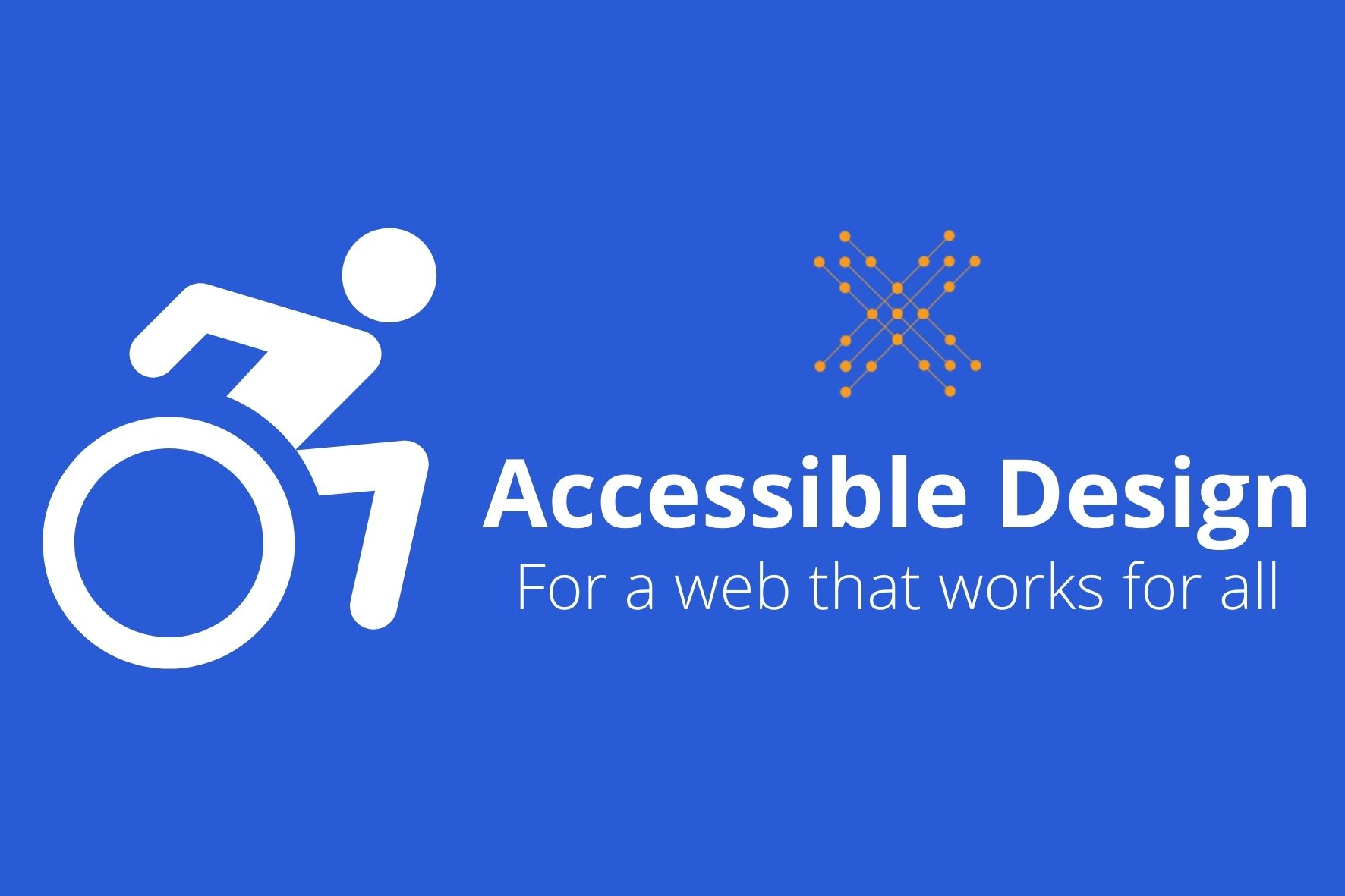
These days, most people are familiar with the Americans with Disabilities Act (ADA) and how it applies to the real world. The ADA protects people with disabilities against discrimination from employers, businesses, and public accommodations—but did you know that it also applies to the internet?
The Law on Web Accessibility
Since 2010, websites must adhere to the ADA Standards for Accessible Design by providing an experience that does not exclude those living with impairments. Canadian provincial legislation, such as the AODA in Ontario, stipulates similar requirements.
Without meeting these requirements, you could be excluding up to 25% of your visitors and even put yourself at risk of legal action.
How Do Disabilities Affect Web Browsing?
No matter your industry, you’re bound to attract leads from people from many walks of life—includes people with disabilities. Conditions that can affect an individual’s web browsing include:
- · Visual impairments
- · Cognitive disabilities
- · Hearing impairment
- · Motor impairment
- · Epilepsy and other neurological disorders
Many living with these disabilities will use tools, such as text-to-speech readers, to navigate your site. That’s why it’s essential to do your part in offering accessible web design.
How Can You Ensure ADA Compliance?
There’s no definitive checklist for web accessibility, but there are some guidelines to follow. The Web Content Accessibility Guidelines (WCAG) is the internet’s gold standard for content accessibility. It offers a range of guidance to help websites meet accessible design standards so all users can navigate the World Wide Web.
The WCAG offers guidance on countless topics, but the gist of it comes down to four core principles:
- Perceivable: Any content on your site—including text, images, and videos—should be perceivable by anyone. You should provide alternatives to all website information that allows anyone to access it. This includes adding captions to videos and providing alt text to describe images on your website.
- Operable: All users should be able to navigate your website with ease. Your user interface should be operable through a keyboard without any specific timing required. It should be visible, and it shouldn’t include content that can cause seizures, such as flashing icons.
- Understandable: Anything on your website, such as links or buttons, should be easily understandable to the user. Avoid abbreviations—text-to-speech readers can have a hard time reading them—and make sure your website operates in a predictable way.
- Robust: Your web content should be robust so all users can interpret it reliably. For instance, if a visitor to your website is using text-to-speech software, they should be able to access all the information just like any other user.
What’s LinkNow Doing for ADA Compliance?
The web is changing—and so are the expectations for web accessibility.
That’s why we’ve partnered with AudioEye to improve our websites’ accessibility. AudioEye’s AI-powered assistive technologies provide a robust set of tools to ensure our products are accessible to all. With their help, our clients can now enjoy:
- · Full compliance with ADA, Sec. 508, AODA, and more
- · WCAG 2.1-AA adherence
- · AudioEye Trusted Certification
- · Toolbar with 24/7 helpdesk
- · Suite of AI-powered tests and fixes
- · AudioEye Trusted Certification
- · Advanced legal support for compliance-related issues
- · A natural SEO boost
We'll keep working to make our products and content more accessible so everyone benefits. With AudioEye, we're helping make the Web a better, fairer place for all.
Stay tuned to learn how you can take advantage.

